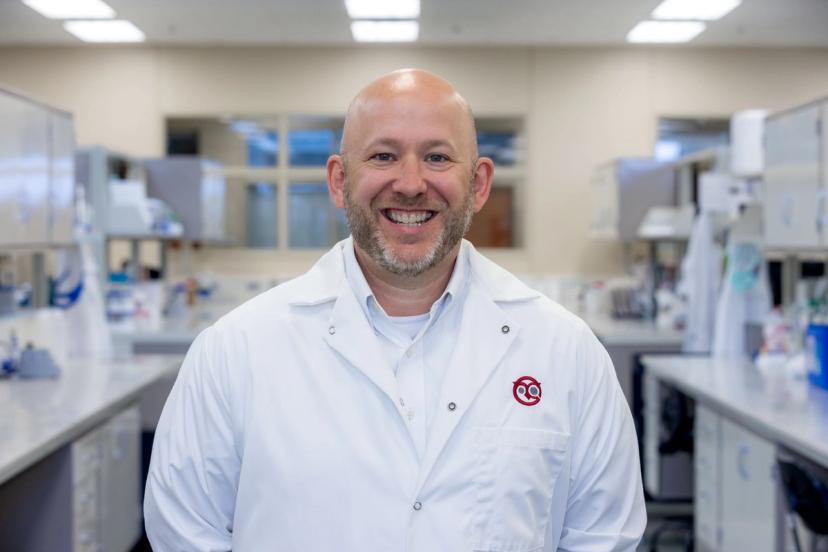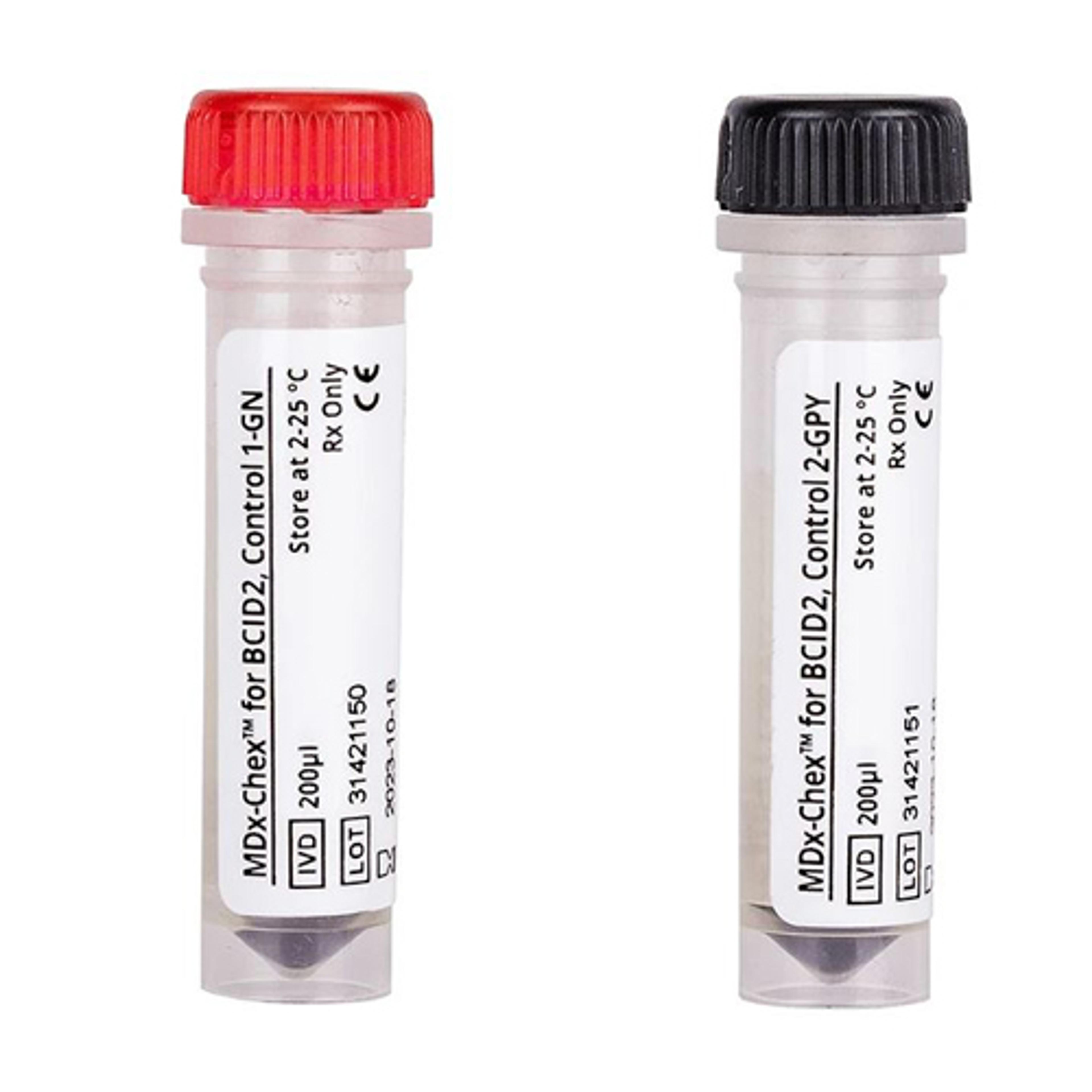Molecular diagnostics treat infectious disease with confidence
Find out how Streck is adapting to evolving clinical lab needs by providing quality controls for automated molecular diagnostics
10 Nov 2025

Dr. Chris Connelly, Director of Business Segment – Molecular, Streck
The field of molecular diagnostics is continuously evolving, with instruments becoming more complex, the analytes measured becoming more diverse, and the validation of these tests becoming more necessary than ever. Recognizing this need, Streck designed MDx-Chex® controls, molecular quality controls designed to validate sepsis assay workflows and reduce the occurrence of incorrect results caused by instrument or assay failures.
“We have a long history of quality and have learned a lot about what our customers and the instrument manufacturers need,” shares Dr. Chris Connelly, Director of Business Segment – Molecular, Streck. “We're using that knowledge to develop new external quality control products to support the quickly growing molecular diagnostics field. It's something that we take very seriously because we know that, if these systems aren’t running correctly, that puts a patient at risk. We can help labs ensure their results are accurate and the patient gets the right care.”
Moving towards molecular diagnostics in the lab
Ensuring the right diagnoses for infectious disease is vital and time to treatment can be critical to getting the best possible outcomes. However, the available techniques have historically been time-consuming, taking days or even weeks to get an answer. The emergence of molecular diagnostics and the increase in automated processes now means that healthcare professionals can get highly detailed information about their patients and their conditions more rapidly and with higher confidence.
“By getting specific diagnoses more quickly, molecular diagnostics allows healthcare professionals to make faster and better decisions about treating their patients,” says Connelly. “And, the sooner doctors know, the sooner they can adjust the therapy.” For example, knowing that a particular infection is caused by antibiotic-resistant rather than antibiotic-sensitive bacteria means that the patient can be treated with the correct antibiotic without trial and error.
However, automated systems do present risks. While pulling together multiple processes and procedures into a single instrument brings the bonus of speed and reduces human error, it can also mean that individual control steps may be missed out.
For example, quantitative PCR systems automate the sample lysis, extraction, purification, and detection steps. The user puts the sample onto the system, tells the system to start the analysis, and then gets a result at the end. But what exists to ensure that these steps not only occur but perform as expected?
“We saw this as an important opportunity to move into the arena,” shares Connelly. “Our goal is to make sure that all automated workflow steps are properly controlled, ensuring that the results that are reported are as precise as possible, which is vital in healthcare.”
Connelly and his team also collaborate with instrument and diagnostic test manufacturers and the clinical laboratories running the tests to gain an in-depth understanding of how the individual pieces of equipment and assay work and discover how labs are using the control product day-to-day. This enables them to create tailored controls that ensure that clinical labs can deliver the right results to healthcare professionals quickly, as they may be dealing with patients who are critically ill.
“We have seen situations where our controls have identified issues with diagnostic testing, which either led to a recall of a test or piece of equipment or has allowed us to work with the manufacturer to improve the performance of the diagnostic,” Connelly explains. “More recently, a lab shared with us how much they appreciate that the control can be stored at room temperature because not having to take something out of the refrigerator before running it makes their process much more efficient. Stories like these remind us that we are making a difference for the lab staff and healthcare professionals, and we are helping people to get better.”
The regulatory response
As molecular diagnostics have evolved, so have the regulations that ensure best practice. Increasingly, regulatory and accreditation bodies are mandating use of quality controls that comprehensively evaluate the assay or instrument.
“The controls used are becoming more like actual patient samples, and they can be used to assure the quality of the test at every step of the process,” says Connelly. “There is an increasing emphasis that's being put on not only ensuring that the quality control is done correctly, but also that the evaluations are being conducted at the right frequency. If the gaps between quality control assessments are too long, you may risk an instrument breakdown.”
The next move for molecular diagnostics
Molecular diagnostics is a growing field. According to market research, and consulting company Grand View Research, the global molecular diagnostics market was estimated at $25.75 billion in 2024 and is projected to reach $33.08 billion by 2030. As a result, automated diagnostic systems are being developed for an expanding range of diseases.
Connelly states, “As new technology emerges that makes molecular diagnostics faster, more specific, and easier to integrate into workflows in clinical labs, we are going to see a growing need for robust controls. To do this, however, we will need to keep up with the pace of the new technologies that are coming onto the market. I have a real passion for my work in molecular diagnostics and quality control, and I am really excited to see where we can go next.”



